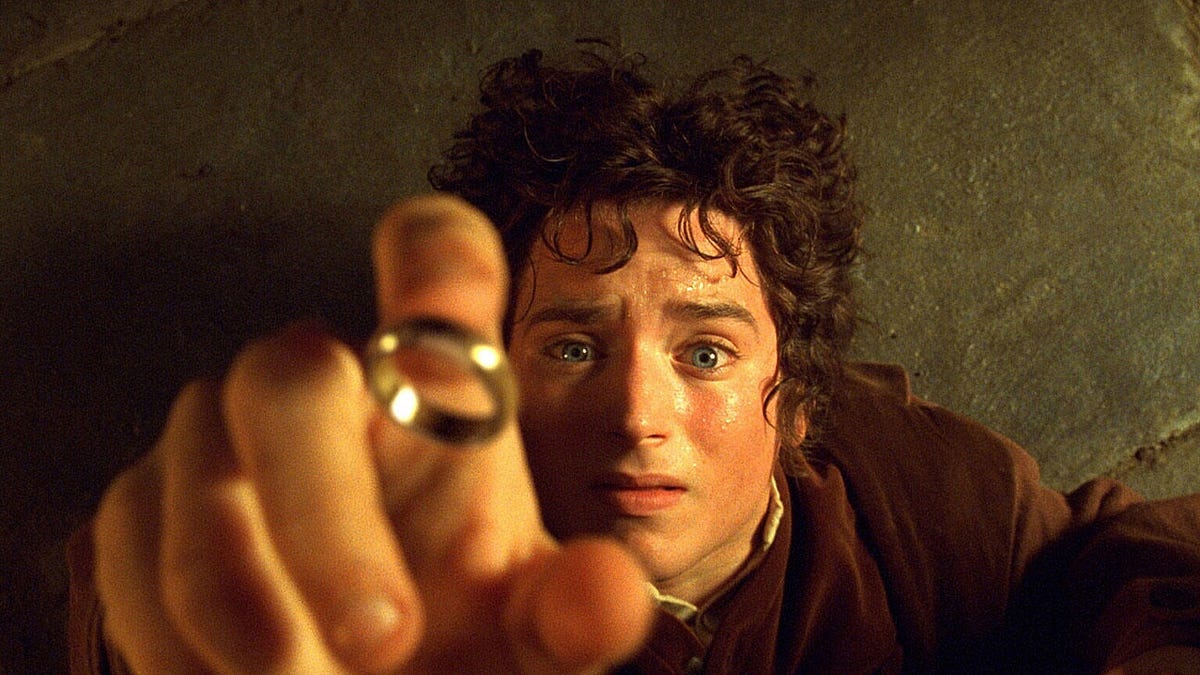From Van Gogh to Lord of the Rings: Algorithms decode legendary 'hot streaks'
"It's not all magic." An equation could explain why filmmakers, scientists and artists have sudden creative streaks.

Frodo Baggins (Elijah Wood) en 'The Lord of the Rings: The Fellowship of the Ring (2001)
Ever heard of the paintings The Potato Eaters, Bulb Fields and Lying Cow? What if I told you they were crafted by the same artist who inspired The Starry Night mug you picked up from a museum gift shop?
Vincent Van Gogh's repertoire holds a mystery. He painted his most prized masterpieces -- his sunflowers and angular bedroom, for instance -- within a compact few years of a very long career. His artwork before and after that duration were never really as worthy of the spotlight.
Why those years? Coincidence, maybe?
Dubbed his "hot streak," the master of impressionism's rapid-fire success has been chalked up to luck, fate and even randomness. But after researchers analyzed dozens of his paintings with deep-learning algorithms, they found the sudden bump in artistic wins to be anything but a coincidence. Their findings appeared Monday in the journal Nature Communications.
They might've actually uncovered a formula: "exploration," then "exploitation."
"Before your hot streak occurs, the works you engage in tend to be exploratory, in terms of exploring with diverse styles and topics," said the study's lead author Dashun Wang, a professor of industrial engineering and management sciences in Northwestern's McCormick School of Engineering.
"When the hot streak begins," he said, "your work has to be exploitative -- in the sense that you'll become very focused on what you work on."
Artistic careers that continuously evolve and experiment with different approaches, or those that focus only on a single angle, are less likely to have a hot streak, the research shows. It's the sequence of the two -- a pattern Van Gogh's collections indicate -- that drives a spike in creating masterpieces.
"Hot streaks kind of dominate the main impact of a career," Wang said. "Often, the career-defining work was produced during the hot streak."
Van Gogh isn't the only prominent example of the phenomenon. Jackson Pollock is famous for his drip period between 1947 and 1950. That's when he produced his iconic, unique canvases layered in scribbles of colorful paint -- that your elementary school teacher probably tried to have you replicate.
Peter Jackson, director of The Lord of The Rings trilogy, didn't see outward success in his films until a career-defining moment -- taking the beloved fantasy series to the screen. Thank you, hot streak, for helping give life to Sméagol.
"You feel like it's magic. It just happens somewhere in your career, but that's deeply unsatisfying," Wang said. "The contribution of this paper is to show that it's not all magic."
Maintaining a hot streak
Though explaining the findings are more correlation than causation, meaning they aren't a recipe to success, Wang urges "there is some regularity" in how artists achieve hot streaks.
To unlock the mystery, his team's algorithms -- repurposed from those used in driverless cars -- scanned artists' paintings for brushstroke trends, linear orientation and use of various objects. They analyzed directors' filmography for cast selection, genre and identifiable plot structure, and they dissected scientists' publications for cited literature and topics. Altogether, they studied thousands of hot streak incidences.
"If we want to know what happens around hot streaks, we've got to look at the work itself, look into whether the character of the work is different -- before and after the hot streak began," Wang said.
Sure enough, prior to the beginning of his hot streak in 1888, Van Gogh's brush movements were all over the place -- so were Pollock's before his own streak. Jackson's movies leaned into contrasting directions of genre and cast choice.
But during their streaks, each career focused on what suited the creator best.
Wang hopes the team's novel findings of how hot streaks begin will lead to predictive tools that can help procure such short-lived, yet strong, success for people on demand.
Imagine if, one day, we could look back at our careers and calculate which style or topic we explored will most likely foster a masterpiece. But the team's next big question is, "How can we know when to enter the exploitative phase in the first place?"
Wang reflects on how, during his book signings, he used to say "May the hot streak be with you."
"For the longest time, I felt like this was just a wish. That what I said to them is the same as good luck. But I think now -- at least in my mind -- this is going beyond just good luck."

